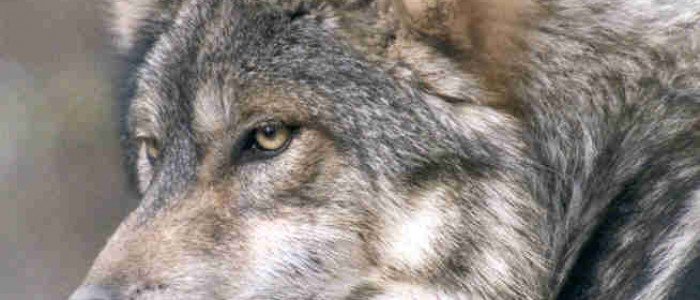Dire Wolf Project Breeder Proposes Two New Genetic Coat Color Hypotheses
By Jennifer Stoeckl, MAT, July 27, 2020
The American Alsatian dog breeder, Jennifer Stoeckl, owner/operator of DireWolf Dogs of Vallecito, LLC and Dire Wolf Project, Inc co-founder, has developed two hypotheses of inheritance that we would like to formally present.
Remember, in scientific reasoning, a hypothesis is an educated assumption made before any research has been completed for the sake of testing. Therefore, the following hypotheses are presented here today in anticipation of future testing that will either prove or disprove these hypotheses. As any good researcher would do, I will use these hypotheses only as a jumping off point in order to create specific criteria for genetic research so that the data collected will be unbiased and tests will be clear and focused. With that said, I will be developing breeding pairs to test the following hypotheses to see if I can determine if these assumptions are correct or incorrect.
- I hypothesize that the wolf mask (where the gradual softer lines of the darker top of the muzzle gently blends into the lighter bottom of the muzzle) is achieved only when the skin pigmentation on the canine is extremely black, completely or almost completely covering the roof of the mouth, both top/bottom lips, gums, and nose. Furthermore, when skin pigmentation is not solid black, but lacks pigmentation in any way in any of the areas mentioned above, I hypothesize that the no-masked dog will not show the characteristic darker colored top of the muzzle, but will show a lighter coloring more like the Alaskan Malamute's white face, instead. In order to prove this hypothesis, I will mate homozygous no mask (self mask) dogs with one another and record the mask coloring as well as the skin pigmentation of each puppy. I will create a clear scale in order of solid colored skin pigmentation to rank the degree and measure the skin pigmentation surrounding the muzzle comparing the muzzle's coat coloring to the degree of black skin pigmentation.
- I hypothesize that the long hair on the mane/tail characteristic of the gray wolf is held on a single gene that can be measured through simple Mendelian genetics. In order to prove this, I will first eliminate the long, silky hair from the dogs in the research group that house the FGF5 gene and/or furnishings that come from the RSPO2 gene in order to produce homozygous clean muzzled, non-long or silky haired dogs. I will then specifically measure individual adult hair length from between the shoulders and under the top of the tail near the anus. I will then create a graph recording all of the lengths measured. I will then separate the dogs into four categories, long mane-long tail, long mane-short tail, short mane-long tail, short mane-short tail. I will then breed different sets in different orders recording adult offspring mane/tail lengths in order to produce genetic charts to hopefully determine inheritance patterns.
Jennifer Stoeckl is the co-founder of the Dire Wolf Project, founder of the DireWolf Guardians American Alsatian Dog Training Program, and owner/operator of DireWolf Dogs of Vallecito. She lives in the beautiful inland northwest among the Ponderosa pine forests with her pack of American Alsatian dogs.